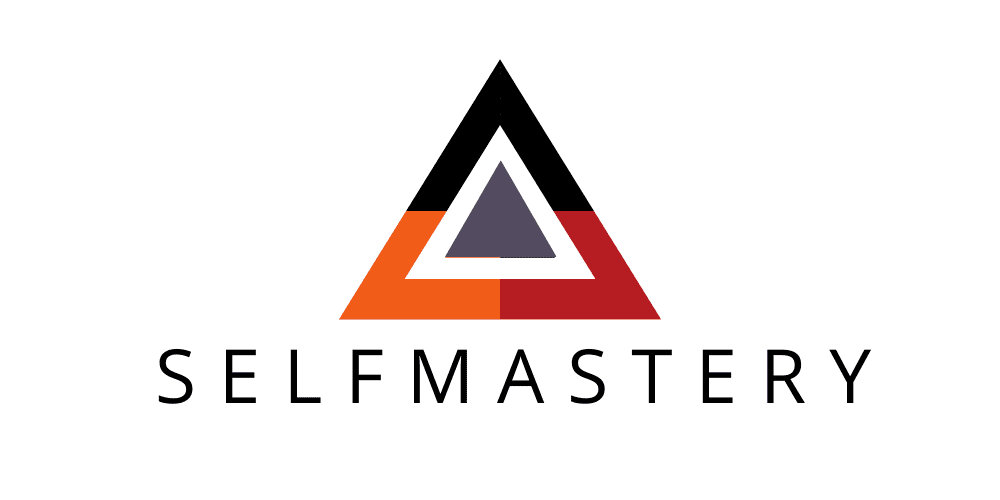
09 Oct Functional Fixedness
It is Wednesday morning, I am feeling awesome and snappy. I enter the gym and I see Henrick by the rings. He is diligently doing the exercises I have prescribed for him. He really wants to be able to do a muscle-up, and so he is going through the progressions I taught him. I approach him, give him a couple of cues, and compliment him on his new shoes. Those shoes are fucking rad! He tells me his elbows are getting achy. I ask him a couple of questions. I evaluate the situation, I tell him I think we should back off for next week and do some joint-specific exercises. He looks at me with interest. I proceed to explain: I think we should do curls and tricep extensions, you know, as the bros do in the Globo gym. Henrick looks at me and laughs. He clearly thinks I am being sarcastic. I am not. I want to say more, but then I have to leave to teach my class. When I finish my class Henrick is not there anymore, and I am stuck with this big idea in my head. I have to get it out.
So here I am, Henrick. This post, like all the other ones, is for you.
Why Henrick laughed is simple. Let me explain. In the past two decades, we have greatly changed our cultural practices around movement and exercise. We moved from a world of weight machines and treadmills into a world of full-body exercises, calisthenics, and obstacle course races. The ethos behind it is that our training should transfer to the way we move in and through life. It is a solid principle: if you are going to put a lot of effort and sweat into moving, you might as well make sure it greatly benefits your life.
The practitioners and coaches of functional training favor movements that will have a direct relationship to a real-life scenario. For example, the squat is valued for its transfer to standing up from the toilet. The deadlift is just a way to get better at picking up grocery bags and carrying them into your house. Running sprints are what will allow you to catch that bus next time you’re late … again -come on Francine! The list of functional movements and functional training methods grows. The term was coined by Gary Cook and it has been popularized by CrossFit, although it is widely used in the training world outside CrossFit too.
What is Functional Fixedness?
However, because we humans clearly cannot have nice things, the term has been bastardized, oversimplified, and not problematized enough. When Henrick laughs at my suggestion of doing curls, he is just repeating a learned behavior. It is common in the functional world to look at other forms of training and think they are poor, vain, or irrelevant. On the one side, this is how every culture is created, by creating an other to separate from. That’s how we define our existence as a thing. On the other hand, this attitude is the representation of a very bad case of functional fixedness (FF). Think of this as a bad habit of the mind, a way of thinking that hinders more than helps, and that in the case of Henrick will limit his performance and his movement capacity. The purpose of this post is to explain to you what FF is so that you can catch yourself in this trap, and do something about it.
FF was categorized and developed by Gestalt psychology, a movement in psychology that emphasizes holistic processing. Functional fixedness is the inability to see a hammer’s use as anything other than for pounding nails. This bias, and its consequences are better understood with one classic problem.
The candle problem 🕯️
Imagine I give you a candle, some nails, a hammer, and a box of matches. I then ask you to hang the candle from the wall in such a way that when lit it, the candle does not drip wax on the floor below.
Think about it for a while –like three minutes.
If you solved it, great. If not, look at this image. Once you see it, it’s obvious but before you’ve seen it, it is not at all. For your brain, the box is for holding the matches, and that’s all you can see. Most people cannot solve this problem on their first try. The cool thing is that If I had described the problem in a different way, you would have solved it right away. If I had said, you have a box, some matches, and so on. Boom! No problem.
That’s exactly functional fixedness and that is what happened to Henrick. He thinks the only function of curls and triceps extensions is to build muscle and to care about aesthetics. He can only see the traditional use, and fails to see anything else apart from that very specific function. The problem is that the function of a tool is not defined by the tool itself, it is defined by the use we give it, and that small mindset shift makes a world of difference.
Functional trainers and athletes exhibit this bias constantly. But the problem is that it goes farther than just what happens to Henrick. In a FF mindset is easy to only give value to movements or training methods in which there is an evident “real-life” equivalent. It becomes a trap in which you are limited by the evident, by the traditional, and then your training becomes pretty ineffective.
Skill Transfer and Functional Fixedness
Let’s think about it in another context: language learning. Let’s say I am learning German but I don’t need it for work or because I live with German speakers. If I have a case of FF I would not value and so would disregard learning German because I never have to speak German in my regular life! I have Google translate and that is more than enough. If anything I should be refining and refining my English or my Spanish. There is no evident transfer from learning German to my real life. You can see how if you apply this to the rest of your life, you end up shrinking and shrinking the realm of options you have. In this example, your FF prevents you from seeing all the non-obvious skill transfers you will get by learning German. If you learn another language, you automatically become better at your own. You will understand your grammar better just because there is another one to compare it to. The ability to speak to a whole new culture will increase the depth and breadth of your perspectives in ways you could never fully grasp otherwise. Sure, the traditional function of speaking German is not needed in your life, yet there are many benefits and rewards, and there is still skill transfer.
I think that German example makes the point pretty clear. There is nothing wrong with functional movements or training. You should get as good at them as you can. However, the way to do this is not by only doing functional movements; but instead by analyzing and using tools outside of functional movements to supplement your work. This does not mean randomly picking other types of training and seeing what happens. It means going beyond the evidence, and it means trying to catch all those instances in which your mind is limited by doing only the things it knows how to do.
There is a fantastic technique that designers use to avoid FF. What we want is to detach an object from its traditional use so that we can see other potential uses. The process is simple: deconstruct the object in as many component parts as possible. “As you do so, ask yourself two questions. “Can I subdivide the current part further?” If yes, do so. “Does my current description imply a use?” If yes, create a more generic description involving its shape and material. For example, initially, I divide a candle into its parts: wick and wax. The word “wick” implies a use: burning to emit light. So, describe it more generically as a string. Since “string” implies a use, I describe it more generically: interwoven fibrous strands. This brings to mind that I could use the wick to make a wig for my hamster. Since “interwoven fibrous strands” does not imply a use, I can stop working on wick and start working on wax. People trained in this technique solved 67% more problems that suffered from functional fixedness than did a control group. This technique systematically strips away all the layers of associated uses from an object and its parts.” (McCaffrey)
If you apply this technique to movement you will learn about the most basic human movement patterns. You will be able to learn new ways to move, for you, the squat will become much more than just changing from standing from sitting. You will be able to see how the different parts of your legs interact with the pelvis and the spine. You will understand how to manipulate your body better, and hence you will move better.
This is a powerful technique you can apply anywhere. Remember that functional fixedness is not exclusive to tools and training methodologies. Everything that has a traditional function, anything that we expect to work in just one way is susceptible to being used for something else. Apply this to your training and you will gain more options, not fewer. Next time I see you, Henrick, I will get all nerdy. I will ask you, how do you like Duchamp? Do you see any relationship between the fountain and FF? I think there is a connection, and I think artists tend to understand everything faster and earlier than scientists do, especially FF. I think most artists are always trying to give new meaning to old forms, they are always trying to re’ interpret the traditions, sometimes to break away, sometimes to enhance. Deconstruction is a powerful tool. Get artsy with your training Henrick it will make you better.


